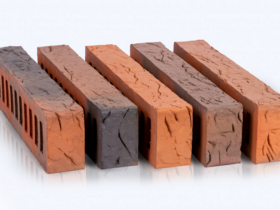The plug, depending on the technology of production, is distinguished by two types that differ in appearance and the method of connection.
Castle traffic jam. These are rectangular or square plates with a thickness of 10-11 mm, which you need to mount with each other, connecting fasteners. Each plate represents a multi -layer structure: a plug, a MDF board, a groove and bushes and bushings for connecting), a tree veneer, and the upper layer of the plate is facing the front cork coating, sometimes with photo printing or covered with varnish. The floor from the castle cork is ready for use immediately after laying, without requiring additional finishes. It is permissible to lay it even on an uneven surface with a height difference of up to 2 cm. But such a coating is not recommended for operation in rooms with high humidity. When water gets, you need to disassemble and dry the soaked plates as soon as possible, otherwise they will deteriorate.
Glue plug. The plate contains a 100% natural plug, so it is elastic, it is well cut on the desired size, which simplifies installation. Natural traffic jam is suitable for use in rooms with high humidity, as it is resistant to water. However, lay the adhesive plug on a flat surface, otherwise any shortcomings will be noticeable. It is better to entrust work to specialists, and at the end it is required to finish the coating of varnish.
Advantages of cork flooring:
environmentally friendly, anti -allergenic material not subject to fungi and decay, chemically inert;
Very wear -resistant – for about 50 years of abrasion is only a few percent;
guarantees excellent sound insulation;
The floor from the cork is warm and springy, which provides comfort when walking;
The cork is very easy to care for, it is enough to carry out easy wet cleaning or to have a spray.







